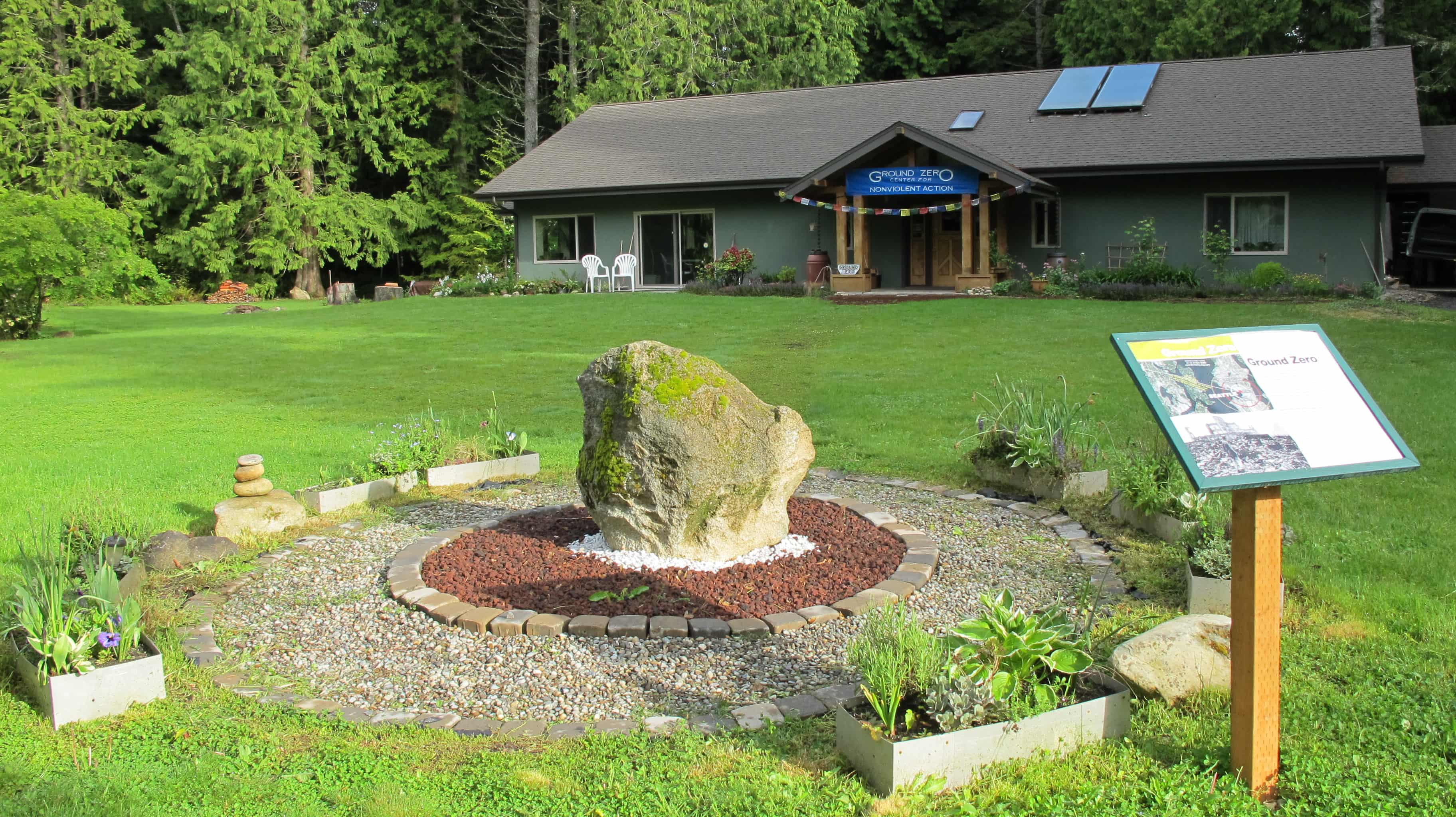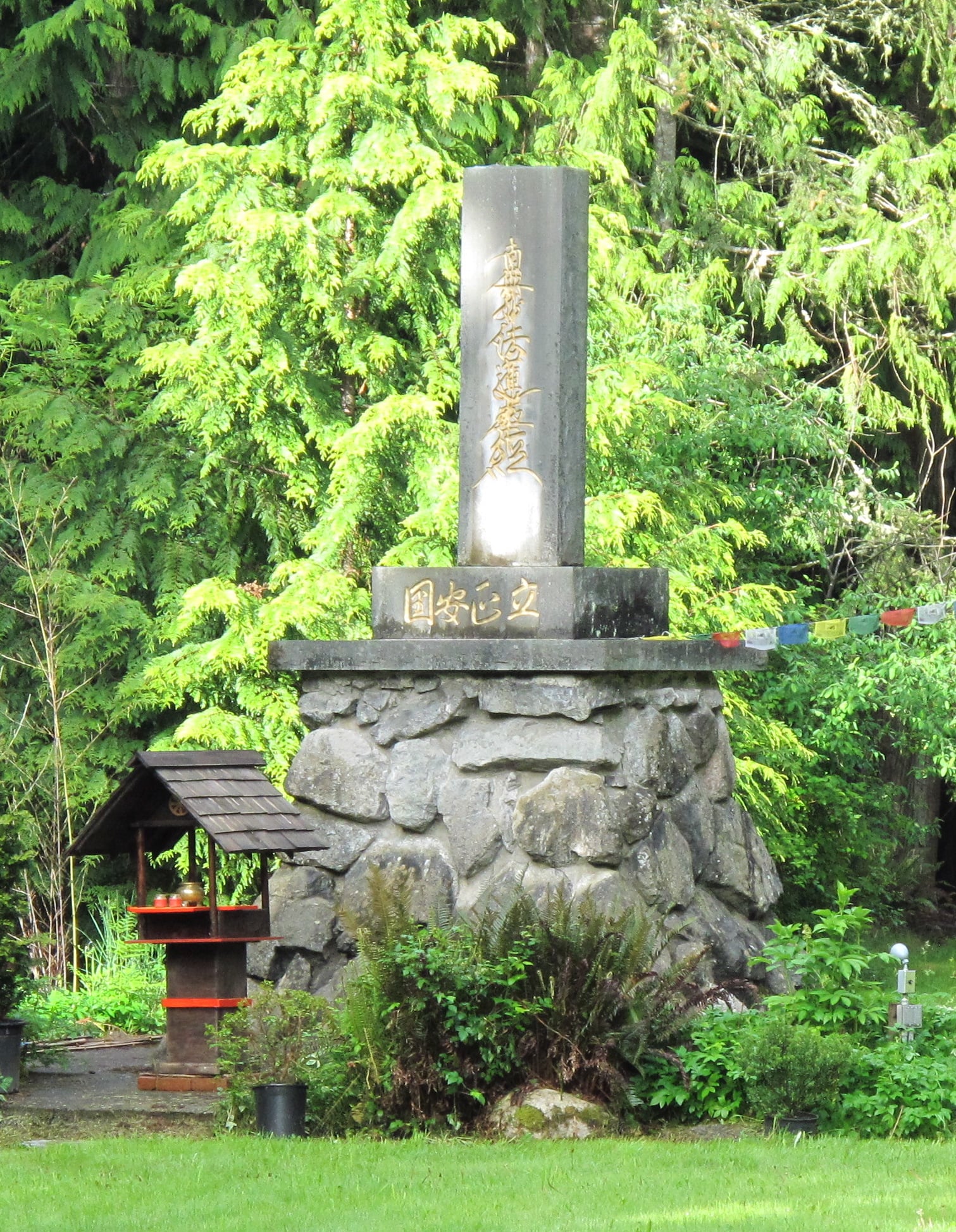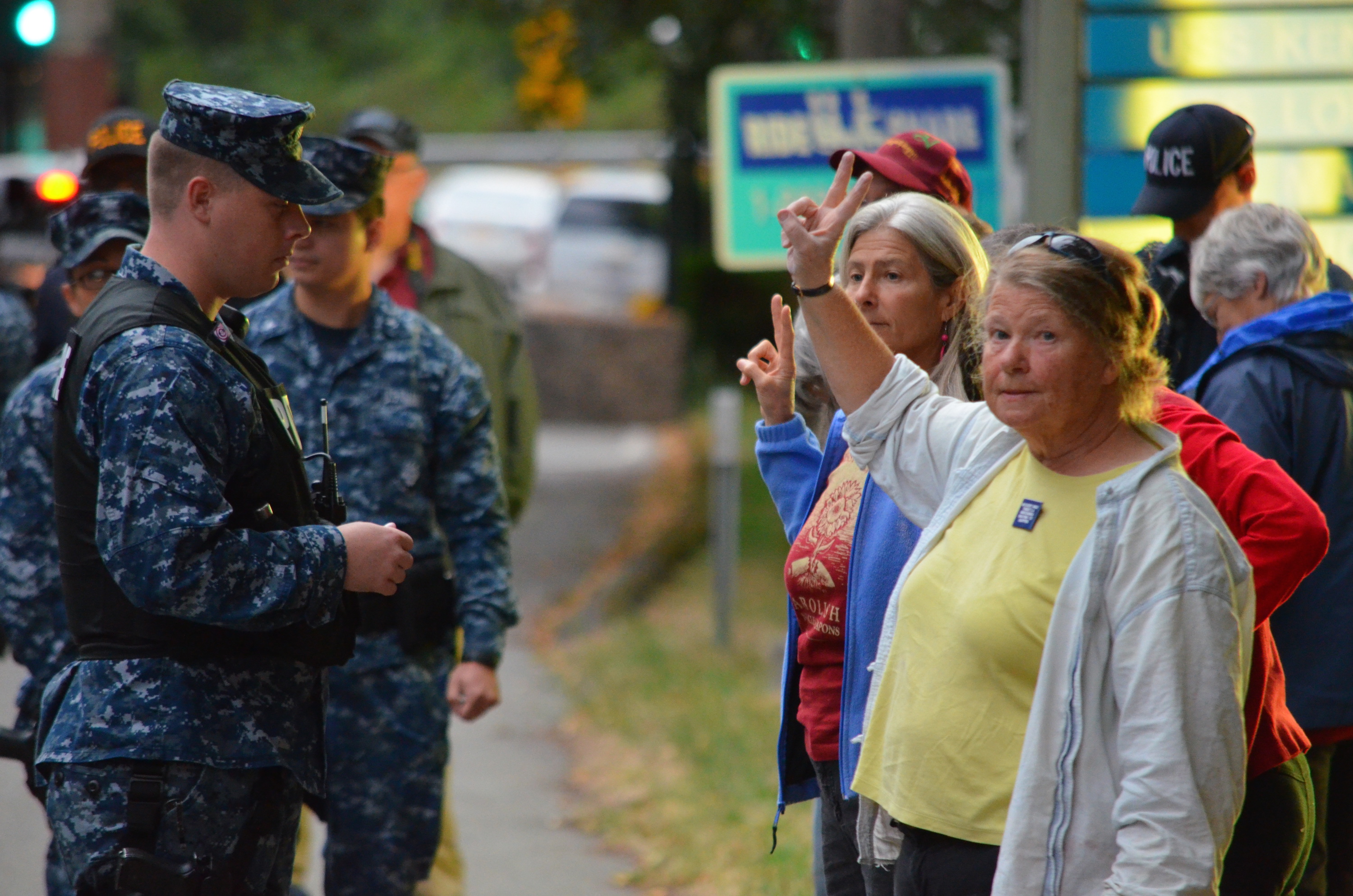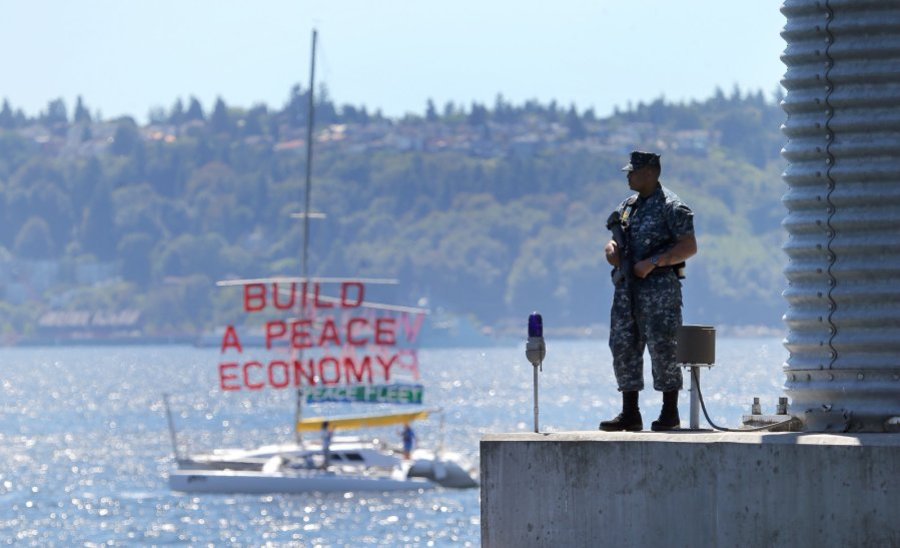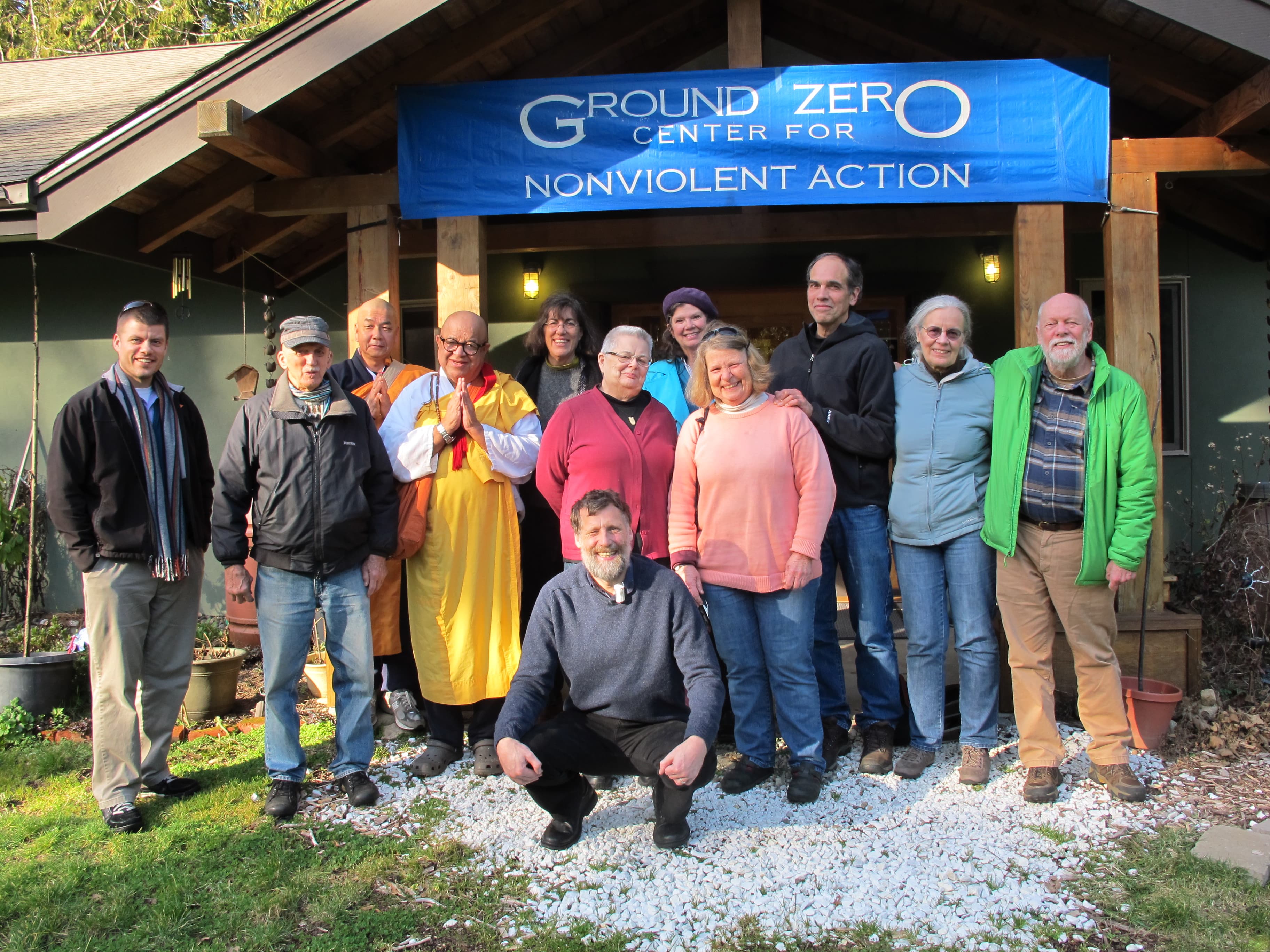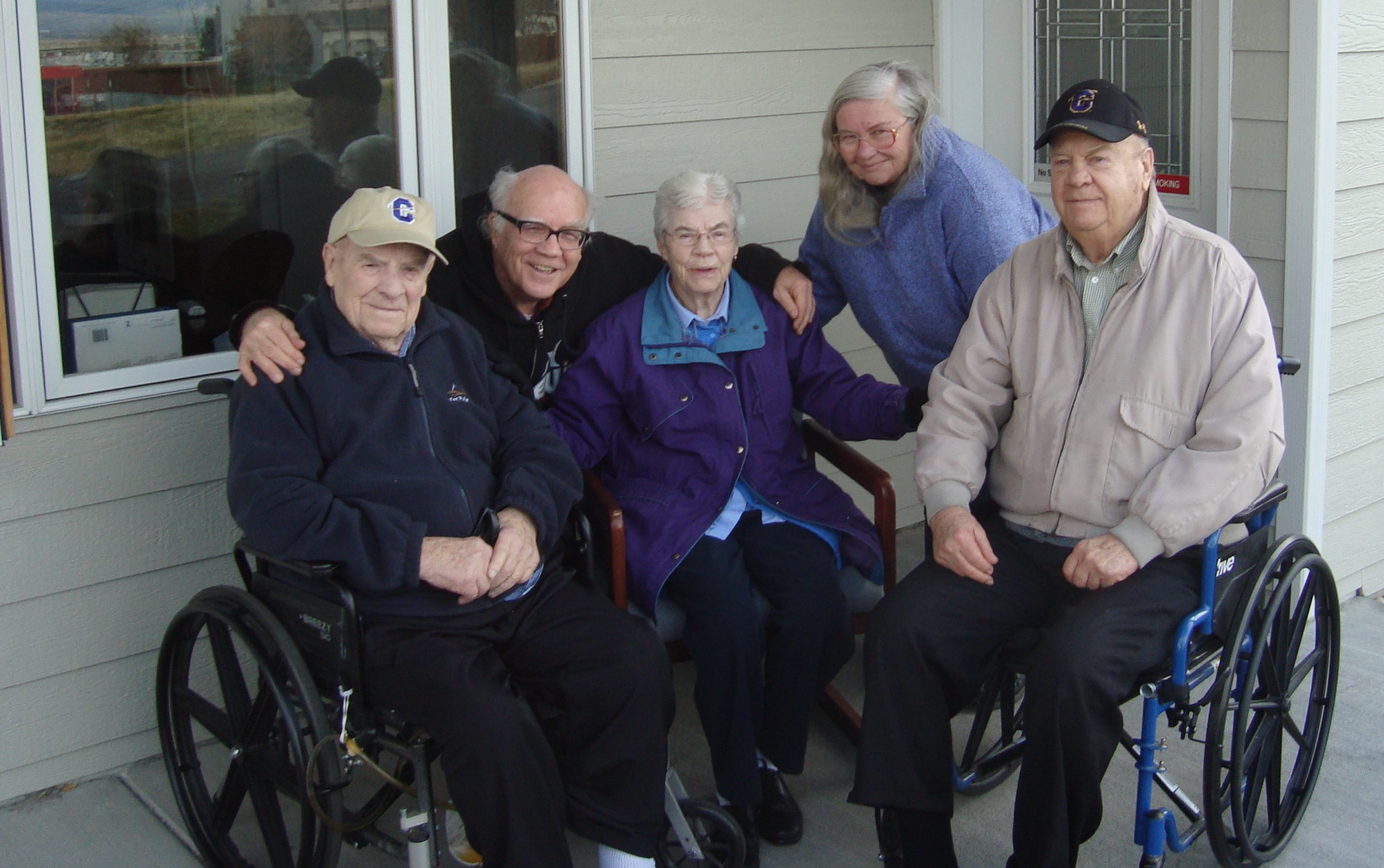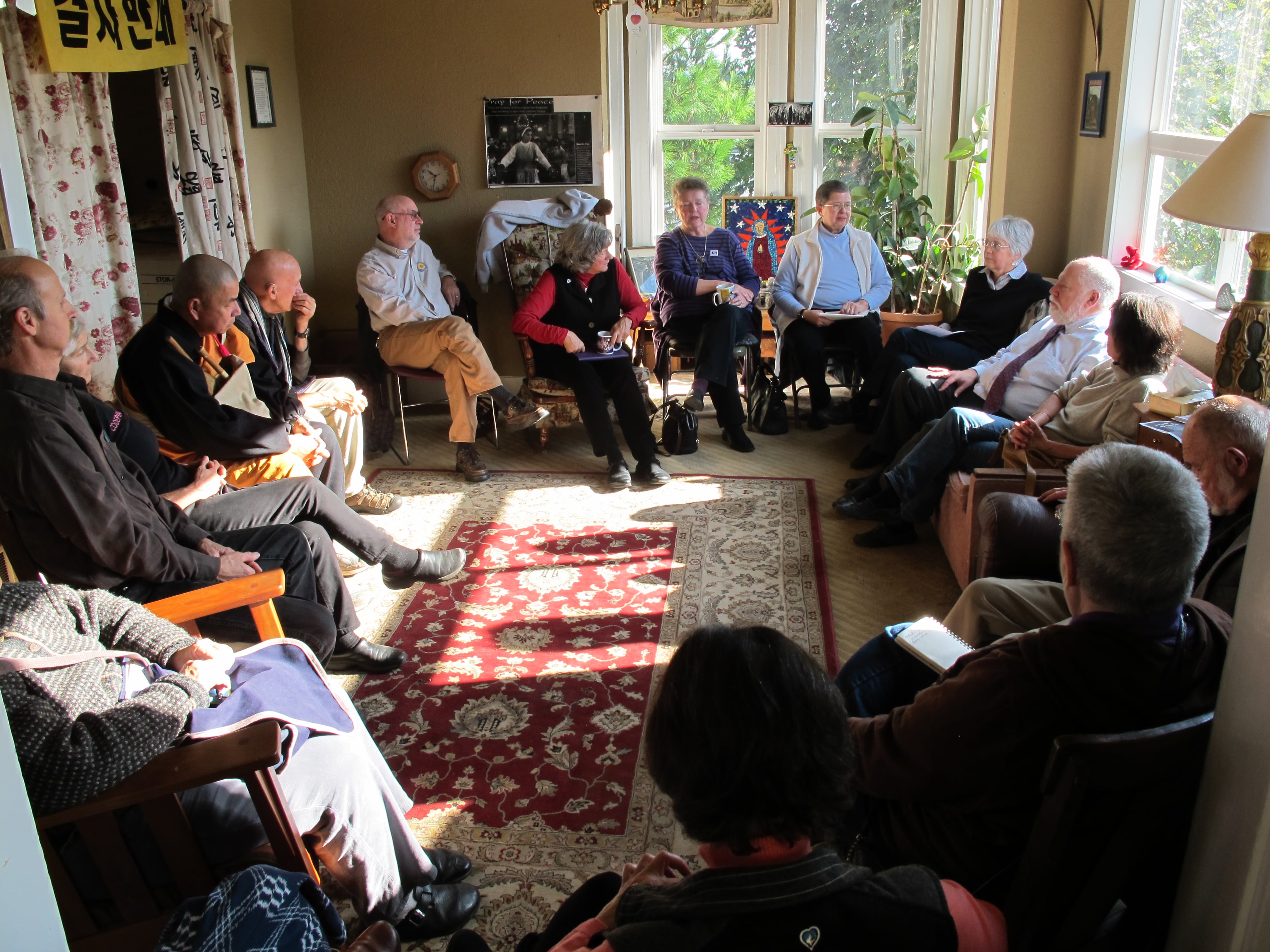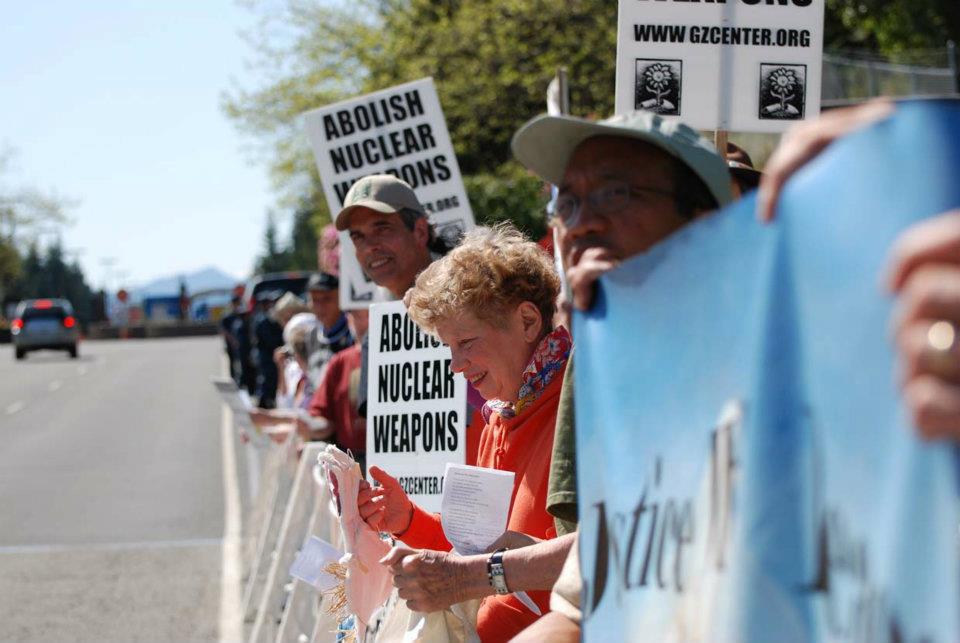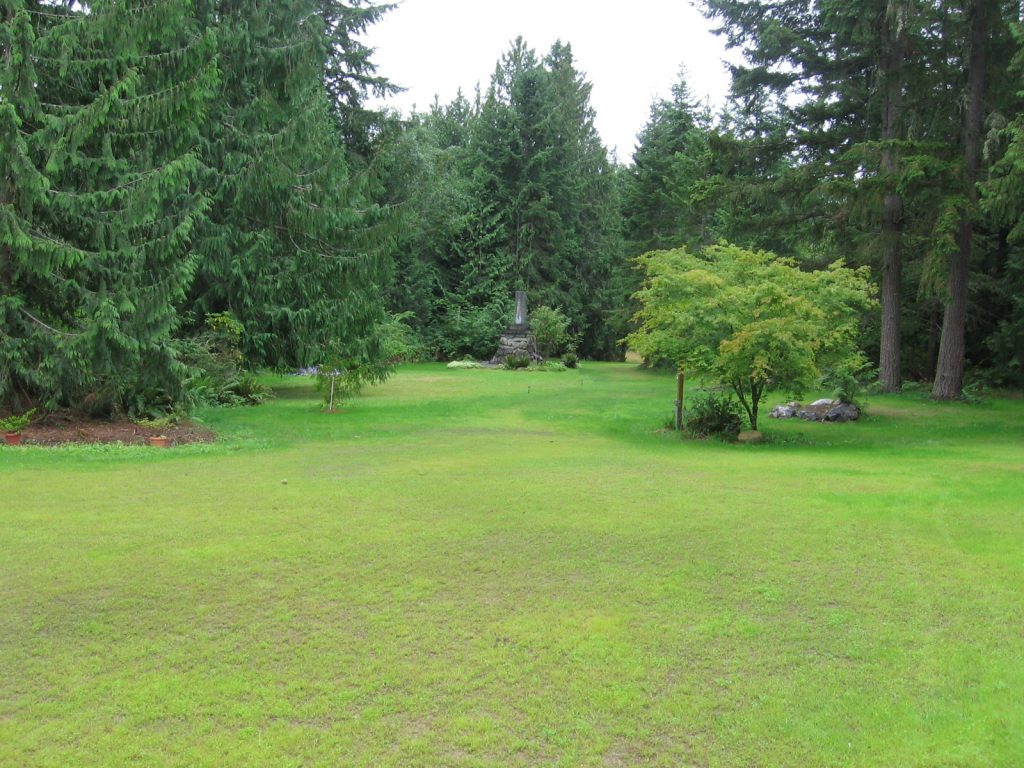LEARN MORE
About Ground Zero Center
Established in 1977, just as Bangor Naval Base was being built, Ground Zero Center for Nonviolent Action set forth this mission:
- Establish a Center for nonviolent action which seeks the goal of a world free from nuclear destruction and unjust division of humanity.
- Hold the land on which the Center is located in an environmentally sensitive and responsible manner.
- Develop at the Center for Nonviolent Action specific means toward a nuclear-free world which are based on the principle of truth in thought, word and action; the principle of unity of all beings; and the principle of transforming love in resistance to war and injustice.
- Explore at the Center strategies and tactics for nonviolent campaigns incorporating that end-means vision.
- Use the Center as a training site for participants in Nonviolent Action.
- Encourage and to foster at the Center a continual reflection on, and deepening in, a nonviolent way of life.
The Ground Zero Community launched itself in 1977 with inspiration from Robert Aldridge, who quit his job at Lockheed directing the development of the Trident system’s sea-launched first-strike capability, and in response to the US Navy plans to expand the Bangor base to accommodate Trident-class nuclear weapons warships.
We are grateful to Bob for his many, and significant, contributions to our work in resisting Trident and working for a nuclear weapons-free world. His Trident Resister’s Handbook, published in 1993, has been an important reference and research tool to us since then, and is still relevant today. Click here to learn more.
Protests were organized by GZ founders Shelley and Jim Douglass and others. As many as 1,000 people protested the Navy appropriation of nearby farmlands for access roads to the enlarged base. Hundreds of protesters were arrested during these early years. Bhuddist monks from Japan participated regularly in memory of Hiroshima and Nagasaki atomic bomb victims.
History of Ground Zero Center
The first Trident warship, the USS Ohio, arrived in Hood Canal in 1982 to a protest gathering on shore of several thousand people and a small boat flotilla that was kept away by US Coast Guard boats severing outboard gas lines and threatening to use fire-hoses.
Then the warheads began to arrive at Bangor on rail cars from the Pantex assembly plant in north central Texas. With the help of train buffs, the likely route of the trains was guessed, then confirmed by protesters living along the tracks. When a train would leave Pantex the word was spread up the line and protests to the White Train (initially the cars were white) met the train all along the way to Bangor.
At Bangor large protests took place just outside the base and frequently civil resisters sat on the tracks to block the trains from entering the Bangor Base.
Land adjacent to Bangor was purchased in December 1977, by a collective of people, financed by donations from supporters. The 3.8 acres property shares 330 feet of fence with the Naval Submarine Base Kitsap-Bangor, and was incorporated as a land trust. Presently, the community meets once a month. Many of us live and work in Kitsap County, have deep roots here and participate in the life of the greater community. We network with and support the work of peace and justice groups in Seattle, Tacoma, Olympia, as well as other cities in the U.S. and Canada.
Ground Zero sponsors three annual actions at this Trident base. We commemorate Martin Luther King, Jr’s birthday in January, celebrate the original meaning of Mother’s Day, and say “Hiroshima/Nagasaki Never Again” in August. We also form a Peace Fleet in Elliott Bay while the warships enter during Seattle’s annual Seafair Festival.
In August, 2007 we broke ground to replace our center that was destroyed by fire in April of 2005. The new center, permitted for occupancy in November 2009, is now a place for the Ground Zero community to come together, and a place available for use by our neighbors, friends, and compatible organizations.
Ground Zero is a partner organization with Abolition 2000, the International Campaign to Abolish Nuclear Weapons (ICAN), and the Washington Against Nuclear Weapons coalition (WANW).

